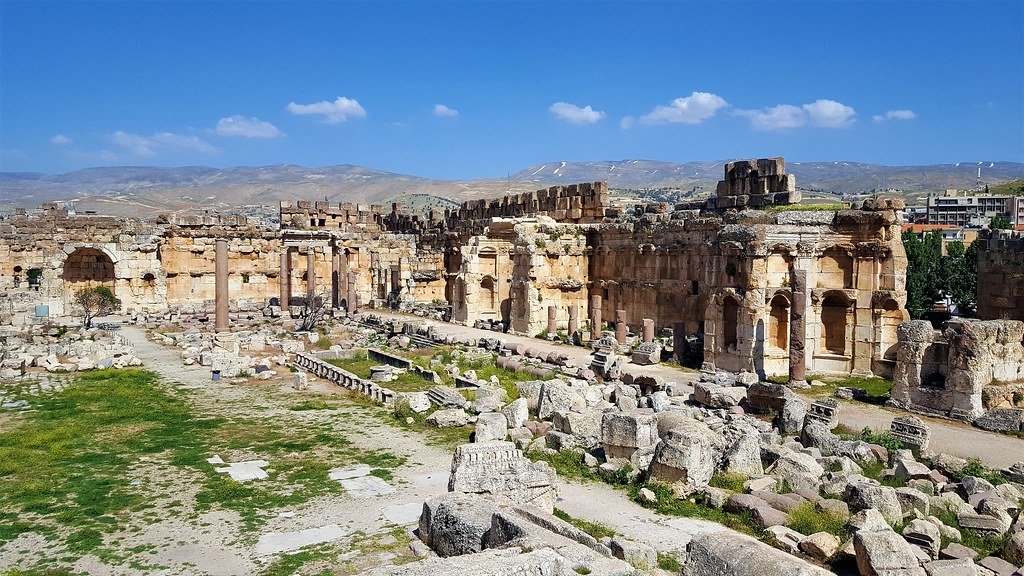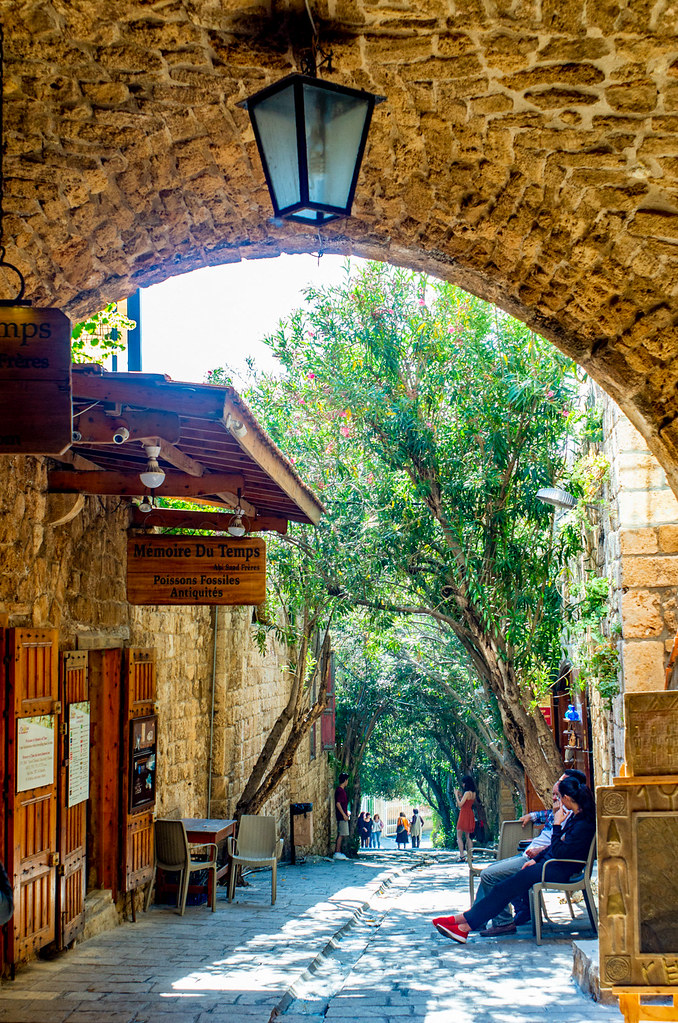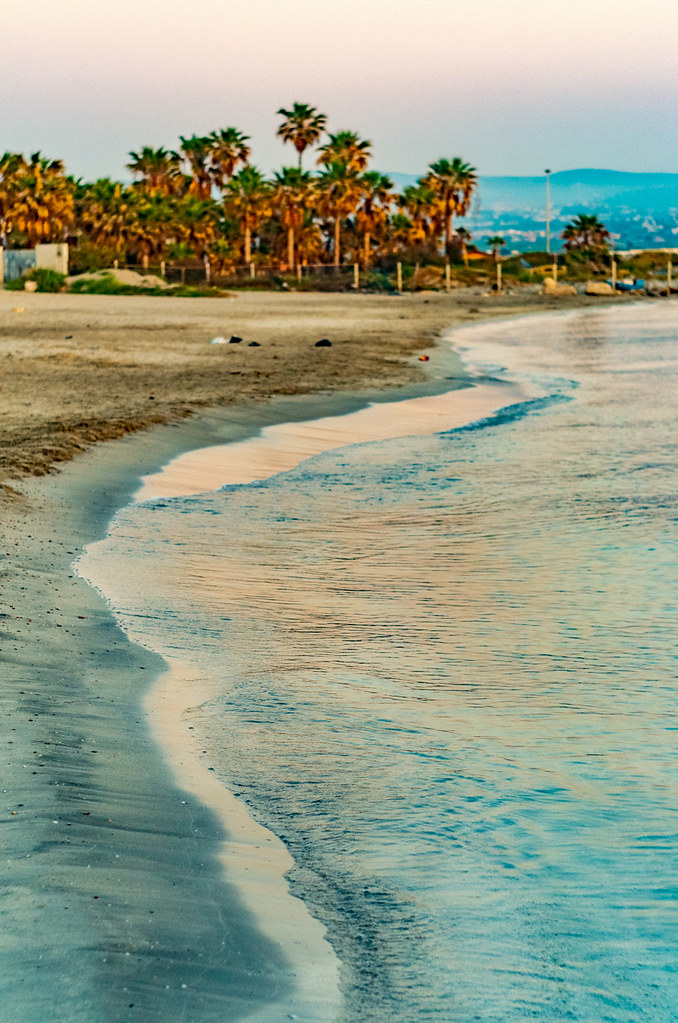Quick heads‑up, fellow travelers: Hit the Road Ket contains some affiliate links. Book through them and I earn a small commission at no extra cost to you – fueling my caffeine fix and future travels! For more details, see my Disclosures.
Currently, Lebanon is off the travelers’ radar. Most people consider it dangerous and/or not worth visiting. Travel advisories of many countries recommend avoiding all but essential travel to the country, indicating that some parts, like Tripoli and Baalbeck, as the areas, where you should not travel at all. But, then again, some countries, where so many tourists disappear, are considered safe to travel. So take these advisories with a grain of salt and decide yourself. After reading the advisories and news, we decided that the country was worth it and we were not disappointed. Certainly, yes, there are some dangers involved, as with most travel, but this is as safe as it gets in modern age.
The country is beautiful with wonderful seaside, Phoenician castles, Roman ruins, etc, etc. The amazing part of it also is that some of the sites, like Baalbek or Tyre archaeological site, which in other places would be overly crowded and impassable, is almost empty here. So while I am sad people don’t see them, I am also happy that we had them almost to ourselves.

The issue is that to see all this and stay on a budget, there needs to be thorough planning involved. There were many difficulties with planning the trip, as not many people travel there and I could only find a couple of people on travel forums, who knew anything about, for instance, public transport. But in the end, after all the efforts, we had a wonderful time there. So here are some tips that can help you get an idea and plan.
When to Go to Lebanon?
The best times are Spring and Autumn, as the weather is milder. Summer is extremely hot around here, while winter is cold for comfortable exploration.
We decided to go during the Ramadan month in May. Ramadan didn’t affect our trip in any way, all relevant places were open and we didn’t find any restrictions during out stay. The weather seemed perfect, not extremely hot not to be able to walk at all (although it was really hot at times) and also possible to get into the sea. I believe June and September are also great for this.
Visa for Lebanon
Depending on where you are from, entry to Lebanon can be very easy or rather complicated. Citizens of 6 countries enjoy visa-free, while 80 countries are granted free visa on arrival. This visa on arrival process was rather easy to go through. They let us through very easily in minutes.
There is also an option of conditional visa on arrival for 15 countries (mainly in Africa), for which you would need to present certain documents.
However, if you are not a citizen of these 101 countries, you would need an actual visa in advance.
You will have to check which applies to you on your country’s official sources, as Lebanese MFA website doesn’t seem to work.
Money Issues in Lebanon
The Lebanese have linked their currency to USD and you can pay in dollars basically everywhere, including cafes, shops, etc. This has become worse in the last years, as inflation of lira is insane and prices change daily in lira. The rate fluctuations significantly affect the locals.
The first advice is to bring only cash and not use cards. In fact, almost no one in Lebanon accepts cards, everything is sold in cash only. You can exchange USD at the exchange offices – don’t do it at the bank for obvious reasons. You can use USD almost everywhere. But you may need to have some liras for the taxis and buses, as well as maybe entrance fees.
What to Wear in Lebanon
This question is something to consider, when travelling in the Middle East. Compared to any other country in the region, Lebanon is the least conservative. In Beirut and Byblos you can find people wearing anything from shorts to burkas. So in these areas you can wear anything, but be aware that whatever you wear you won’t avoid catcalling and taxi drivers honking.

Farther from the capital, whether in Tyre, Sidon, etc, people are somewhat more conservative, except the Tyre beachside was totally fine. Tyre market area, where we hopped off the minibus was very unpleasant, with people catcalling and laughing, it was pretty disgusting.
Tripoli is the exception with women being mostly well-covered. Here, I definitely suggest to have your shoulders and knees covered or even more.
Where to Stay
The country is small and you can get anywhere from Beirut within 2 hours. We decided to stay in a Beirut hotel the whole time, so that we didn’t need to drag everything with the mini-buses to another location. The only thing that would be better was to stay a couple of days at the nice seaside area, like Tyre, Batroun or near the white beach.
Hamra is the most popular area for tourists to stay at, it is safe and has a number of food options. It also is about half an hour to 45 minutes away from downtown, it’s near Raouche and the seaside walk. I looked at the other options around the city, but they seemed to be either very expensive or very far.
Getting a SIM Card
Many operators don’t provide roaming for Lebanon, so if you constantly need to be connected and occasional wifi isn’t enough, getting a sim card is the only option. We didn’t try getting it at the airport, but heard a number of stories, that the stall is often closed and they charged far bigger price in the city. Some people managed to get it easily though, so it’s worth trying, if you know the prices, so that you aren’t scammed. It’s quite expensive, we paid 15$ for 1GB internet for a week. However, it was very useful for getting Uber, when we needed it.
Public Transport in Lebanon
Public transport is not well developed in Lebanon, however, you can still get to some major places using buses and mini buses.
Cafes and Food
Lebanon has yummy food. I absolutely loved it.
Finding Clean Beaches in Lebanon
I have heard a lot about dirty beaches around Beirut, so did some research to determine which were the cleaner ones.
Definitely don’t get into water near Beirut – the areas around are very polluted and unsafe for health. We suggest going as far from Beirut as you can. We checked out two very clean beaches – Tyre (Sour) Beach and the White Beach near Batroun. You can also choose to go to Anfeh Beach, Benny Beach or similar, which are considered nice by visitors. Be sure to check that the area is safe for swimming.
The Tyre (Sour) beach is very clean and blue. The sand is amazing. It is stretched over a huge area. We were not sure about how OK it would be to wear a normal swimsuit there, but that turned out not to be an issue. Towards sunset hours the beach was still mostly full of men, but there were women and children too, so safety wise it should fine. We didn’t notice any unpleasant incidents around us. The water is amazing, so I highly recommend this beach. Btw. the other side of the seashore has a number of cafes and seating to enjoy coffee.
See the article about Lebanese transport on how to get to Tyre.
Another beach we went to was White Beach. We took a bus with the direction to Tripoli and got off on the main road, from where you need to walk some 10 mins. There are a number of cafes on the beach, where you need to pay for entrance. I believe there is nowhere, you can just enter without paying. Just choose one of them, preferably the cheapest, as all of them offer the same – the shower/changing space and the sunbeds.
The beach has white pebbles, that is why it’s called the White Beach. Well not pebbles, rather stones 😊 You likely will need a footwear to walk on it, otherwise you will hurt your feet. My crocs sandals were extremely useful here. The sea forms a bay here and is mostly calm, unless you, like us, are there on a windy day. The water is shallow on quite a big stretch. All in all, this is a nice option.
Best Itinerary Tips for Planning a 10-Day Trip to Lebanon
(This can be arranged and rearranged according to your wishes)

Day 1 – Beirut – National Museum of Beirut, Beit Beirut, Gemayazeh and Armenia areas
Day 2 – Beirut – head to Downtown area and see the modern Souq, Nijmeh square, then head to Zaitunay bay, walk around Corniche and Raouche (the seaside area)

Day 3 – Sidon, Tyre
See the detailed information on day trip to Sidon and Tyre from Beirut

Day 4 – Jeitta Grotto, Jounieh teleferic to My Lady of Lebanon, Byblos
See the detailed information on day trip to Jeitta Grotto, Jounieh and Byblos from Beirut

Day 5 – Baalbek (and maybe Aanjar, if you have time)
See the detailed information on day trip to Baalbek from Beirut

Day 6 – Batroun, Tripoli
See the detailed information on day trip to Tripoli and Batroun from Beirut

Day 7 – head to the beach either in Tyre or white beach between Byblos and Batroun. They say the beach in Anfeh is also very clean and nice, but we haven’t been there. (See details in the relevant section above).
If you have more days, and are not on a strict budget, the following are great areas, which are mostly not accessible by public transport.
Day 8 – Qadisha valley (Bsharri, Qannoubine Monastery, Mar Antonios Qozhaya, Maronite – Dimane, Cedar forest) and Baatara Waterfall. We didn’t manage to go to these places, as it was impossible to find any public transport and the tours were too expensive.
Day 9 – Deir El Qamar, Moussa castle, Beit-ed-Dine. We couldn’t go here either, but these castles look really beautiful and I would like to see them next time.


